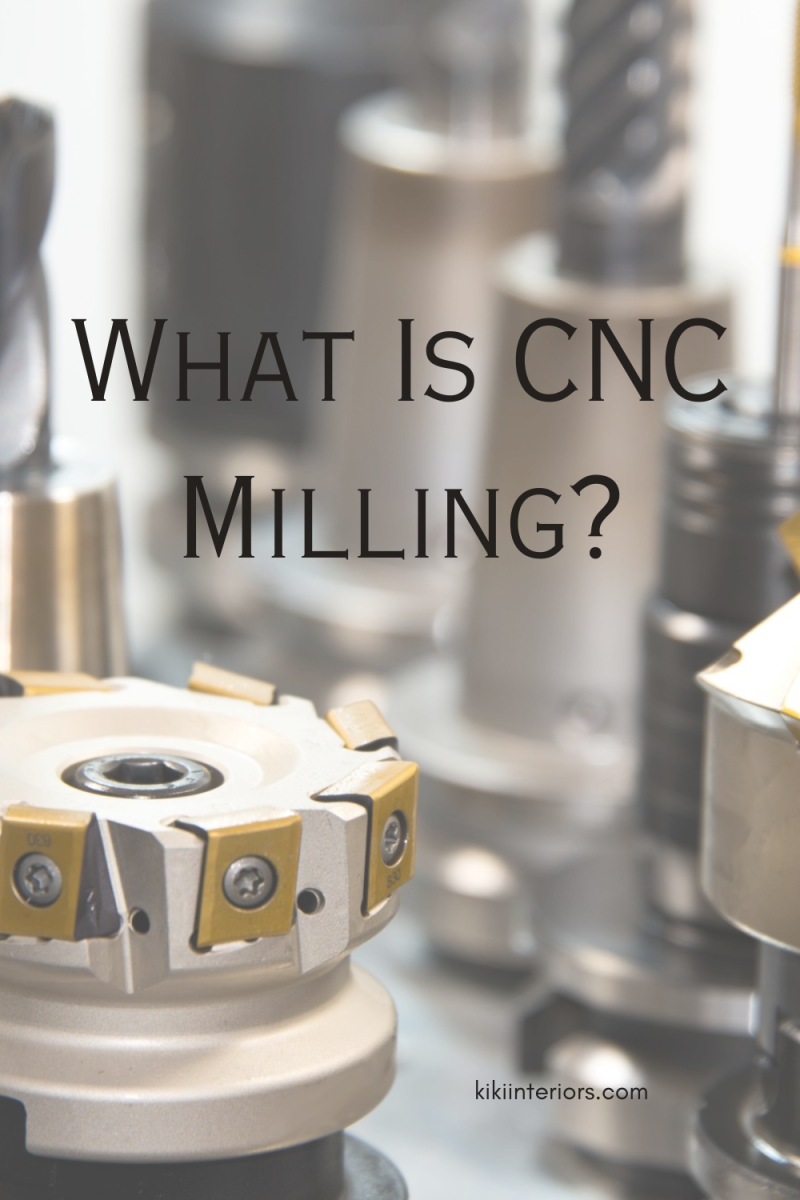
If you have ever watched a sci-fi film or made your way through the credits, you might have stumbled upon the word CNC standing on a machine operating the workpiece. Whether it was in a sci-fi film or the credits, many of us have wondered what CNC milling is or what it looks like.
Well, we think it is time we lift the veil on this wonder manufacturing method. We think it is time you learned what CNC milling is. Luckily, like many things we humans have invented, we are going to keep it short and sweet.
Read on to learn what CNC milling is.
What Is CNC Milling?
CNC milling is a process used to fabricate parts and components from a variety of materials. It is a subtractive manufacturing process that utilizes a variety of cutting tools to machine parts and components of predetermined shapes and sizes from raw materials.
CNC stands for Computer Numerical Control, and the process requires computer control of the machine tools or commands. CNC milling eliminates human error, as the process is largely computerized, and all parameters are pre-programmed, which helps reduce manufacturing costs.
This is widely used today due to its accuracy, repeatability, and fast production times. It is used in a variety of industries, including aerospace, medical, and electronics. CNC milling allows for greater customization and precision than traditional methods, which greatly improves product quality.
Essential Components of a CNC Milling Machine
The components that make up a CNC milling machine can include a spindle, a drive system, machine tools, a work-holding system, a tool-holding system, a cutter head, a controller, stepper motors, power supplies, and switches.
The spindle is part of the machine which rotates the cutting tool against the workpiece and can be powered manually or electronically. The drive system ensures that the spindle is able to effectively move the workpiece and the cutting tool.
Machine tools are the various tools available for doing machining tasks such as turning, drilling, milling, or precision centerless grinding. A work-holding system and tool-holding system are important for safely securing and controlling the workpiece.
A controller is also necessary to provide instructions to the mechanics and motors, and the stepper motors can move the parts accurately. Power supplies and switches must be in place to provide the power needed to operate the machine.

The Advantages of Using CNC Milling Machines
CNC milling machines have revolutionized the machining and manufacturing industries. CNC machines are more accurate, repeatable, and reliable than traditional machines. They also allow for faster production and less labor – a single operator can now run multiple machines at once.
Additionally, CNC milling machines can perform a wide variety of machining operations, such as drilling, counterboring, and reaming, with a single machine. They greatly reduce production times by utilizing the same setup instead of needing to change tools for each machining operation.
They also provide a degree of accuracy that cannot be achieved manually, allowing for extremely precise parts. In short, CNC milling machines are efficient, accurate, and reliable, perfect for producing high-quality parts quickly and consistently.
Learn More About CNC Milling
CNC milling is a unique process that requires precision and knowledge. It’s used to create a variety of products across the industry, and there are plenty of resources to learn more.
The more you understand about CNC milling, the easier it is to use the machinery and fabricate the projects you desire.
Did you find this article helpful? Check out the rest of our blog for more!




